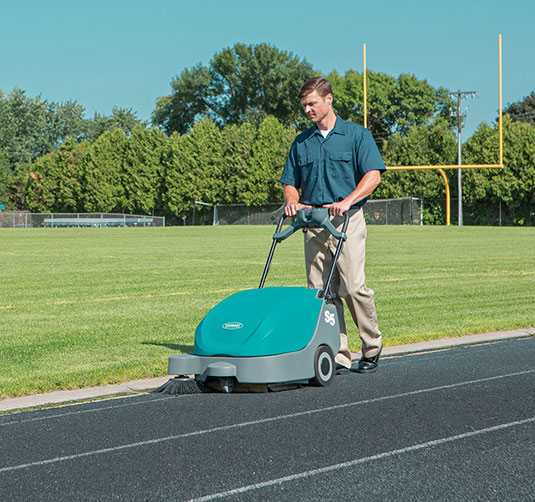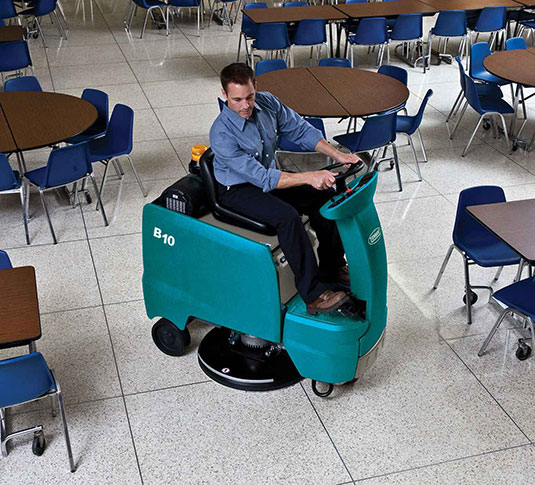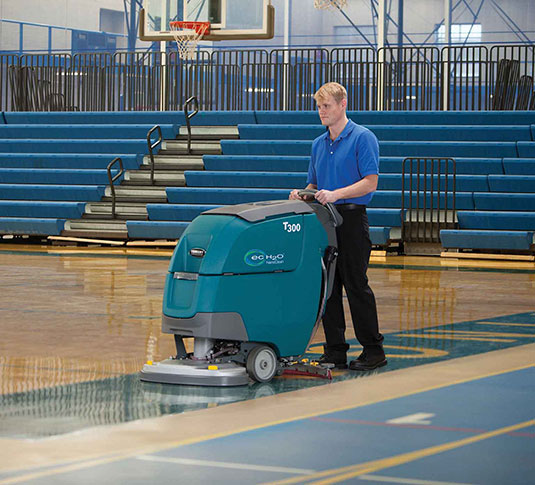Your shopping cart is empty.
10 Education Facility Management Trends
Posted in Industry News & Trends,
10 Trends in Education Facility Management and How They Can Affect Your Business
Faced with economic pressures, increased competition, and the challenge of being asked to do more with less, the cleaning industry is at a crossroads. As a result, building service contractors, manufacturers, distributors, and facility managers need to rethink the way they operate in order to survive and consider news ways of setting themselves apart. By analyzing the key trends that are reshaping the industry and taking a hard business outlook at what to expect in the coming years, you will be better prepared to identify strategic direction and ways to take advantage of the user trends.
1. Upper Management Intervention
With a focus on the bottom line and outcomes, upper management has become increasingly involved in facility management. By asking questions like “How many people does it take to clean this building?”, “Should we outsource?”, and utilizing business intelligence metrics, decisions makers look at the business solutions available to achieve results at the lowest possible cost.
2. Increased Buyer Sophistication
Sophisticated buyers are bringing their B2C shopping experiences to B2B situations. These technically savvy buyers have access to industry knowledge and employ data-based decision-making. Instead of focusing on products, these buyers are interested in metrics such as cost of ownership and productivity rates when making purchases.
3. Strategic Supply Chain Management
While the price of a product or service matters, the supply chain is becoming increasingly important. Considerations involved in supply chain management include delivery time and availability, reduced inventory, improved procurement planning, lowering operational expenses, departmental organization, business intelligence, and the ability to track and monitor compliance.
4. More Buyer Bargaining Power
Negotiated contracts are on the rise from Group Purchasing Organizations (GPOs) and co-ops. These groups are leveraging their volume to drive price concessions and supply chain efficiencies.

5. Increased Demand for Outsourcing
All vertical markets, including education, are evaluating outsourcing. When evaluating outsourcing, managers are looking to reduce their total costs while still achieving the desired results. Outsourcing can save on human resources responsibilities and other hidden costs, but a school must weigh these against the advantages of an in-house cleaning program.
6. Department Financial Analytics
Understanding the costs associated with your cleaning program can help you get a better ROI. One way to understand these costs is through a process called Workloading. Workloading can tell you how much it should cost to clean a building. There are five steps to Workloading that will help you maximize your cleaning resources:
- Take inventory
- Determine the tasks
- Assign a frequency to each task
- Calculate labor hours
- Determine labor costs
7. Industry Standards
Defining best practices and establishing standard operating procedures is a way for a company to determine sustainable and efficient methods of completing tasks. Industry standards can also serve as a department gap-analysis framework for evaluation and improvement. When outsourcing, potential contractors can also be pre-qualified based on their utilization of industry standards.
8. Human Resources Complexity
Employees are an essential part of any cleaning program. Whether you manage 10, 100, or 1,000 cleaning professionals, issues including insurance, worker safety, OSHA compliance, training, and Equal Employment Opportunity Commission (EEOC) compliance, and use of robotics must be considered.
9. Sustainability
Developing a sustainability policy is important for frontline worker well-being and corporate social responsibility. It is also important when looking at alternative flooring materials, such as ceramic tile and plank vinyl tile. When choosing these alternative materials, it is important to do value engineering to obtain the overall cost of cleaning and maintaining these floors. Green cleaning equipment can also contribute to sustainability by protecting your facility, using environmentally preferable batteries, and reducing the need for cleaning chemicals.



